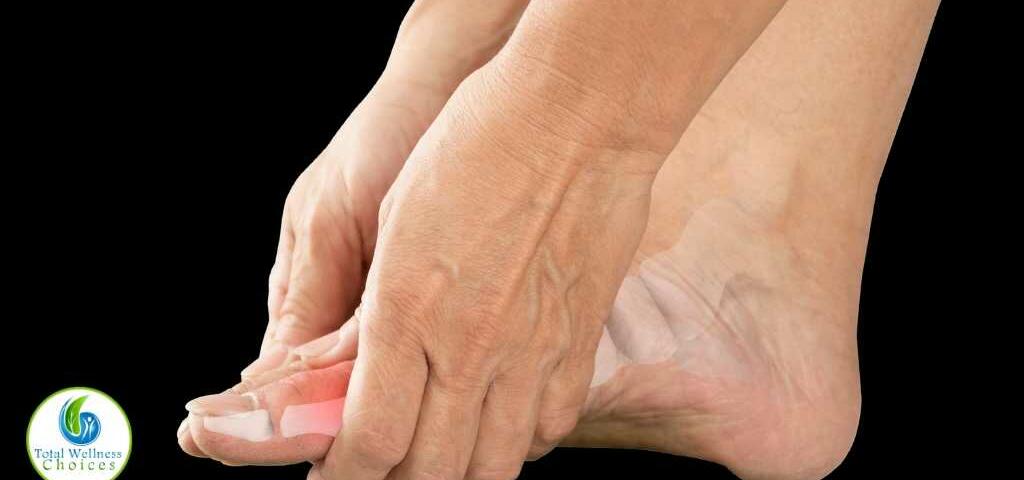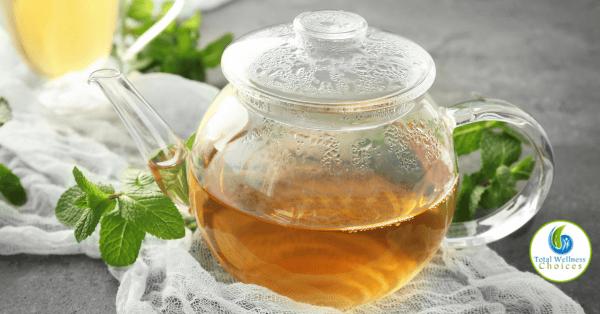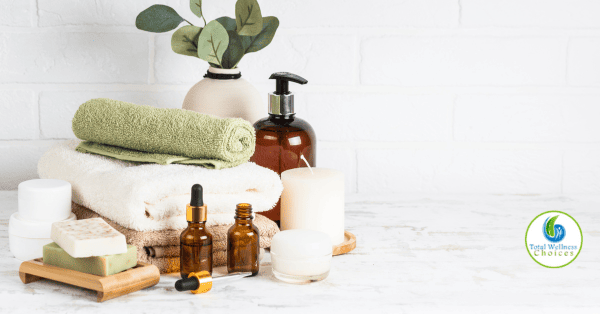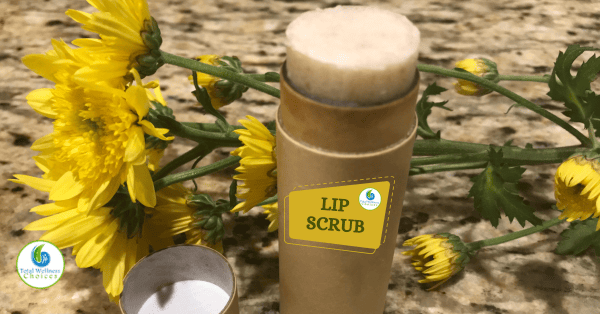Top 11 Essential Oils for Gout

9 Easy Spa Day at Home Ideas
March 25, 2020
10 Foods that Reduce Inflammation Naturally
April 28, 2020Best Essential Oils Used for Gout Pain
Learn how to use essential oils for gout, get ideas for blends, and how to use the blend recipes to help relieve the pain.
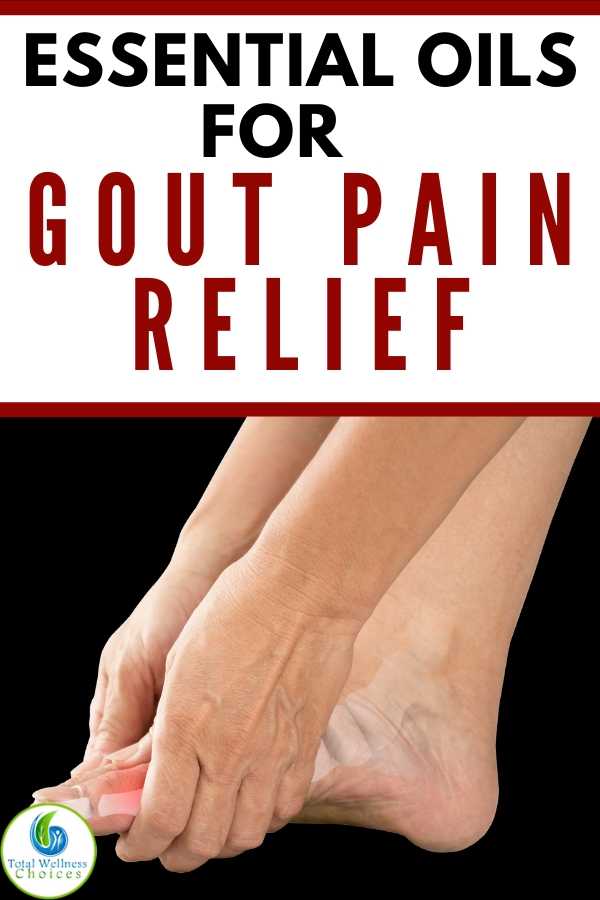
Gout is a painful condition that affects joints in the body, usually in the feet. Most people who have it say that it is the worst pain they’ve ever had.
Even with treatment, the pain can be so bad that one can not walk or get any rest.
It’s important to talk to your doctor if you suspect that you have gout. This is because gout can also be associated with other serious health problems such as high blood pressure, diabetes, high cholesterol and heart disease.
In the meantime, you can get some relief with essential oils for gout pan.
There are several oils that work as natural anti-inflammatory and natural analgesics to help reduce the pain temporarily so you can find some relief.
Related: Top 5 Essential Oils for Swollen Feet and Ankles
What is Gout?
Gout is a form of inflammatory arthritis – a painful condition that is caused when uric acid accumulates in the joints. It can affect any joint, but it often affects the joint at the big toe and the feet.
Uric acid is a byproduct that is a result of when your body breaks down purines. Purines naturally occur in your body, and they can also be found in certain foods.
If you have too much uric acid, it can accumulate in the joints of your body. It forms crystals that look like broken glass.
Gout can cause sudden swelling, redness, burning, and pain in your joints. An attack can be mild to severe. Some people can not even stand to have a sheet or blanket on their feet because the pain is so severe.
If you think you may have gout, talk to your doctor for a diagnosis and treatment plan. You can also talk to your doctor about using essential oils for gout pain relief.
It is important to talk with your doctor if you are on any medications, or have medical history!
Top 11 Essential Oils for Gout Pain
Some essential oils have some anti-inflammatory properties that can reduce swelling and thus reduce the pain caused by swelling.
Below are some of the best essential oils for gout pain relief you can use. Some are only recommended in small dilution amounts (percentage).
The recommendations below are for adults only!
#1. Wintergreen
Wintergreen is a good essential oil for gout. It is warming on contact, so it can increase blood circulation to reduce swelling. It works quickly, so it can provide relief fast.
Note: Due to this essential oil containing methyl salicylate do not use if taking blood-thinning drugs or have a bleeding disorder, clotting disorder, have had recent major surgery, or childbirth, or history of peptic ulcers or any gastrointestinal bleeding. Also, not recommended for women who are pregnant or breastfeeding.
I recommend up to 1% dilution – using no more than 2 – 3 drops wintergreen essential oil in 1 tablespoon carrier oil. I find it helpful to blend with other skin nourishing/healing essential oils such as lavender, chamomile, and frankincense.
#2. Lemongrass
Lemongrass EO boosts blood circulation and may help break down the crystals of uric acid in your joints.
This oil is best at low dose (0.7% max) when used topically in recipes. I would use no more than 2 drops in 1 tablespoon carrier oil, or in a blend with other skin nourishing/healing oils.
#3. Peppermint
Peppermint is often used for pain relief because of its high menthol content. Menthol is stimulating, soothing, and invigorating. It’s a great choice for joint pain.
Best for topical application or when used on one part of body; such as, the feet. Use a low percentage when applying to skin. If too high of a percentage is used it can cause a burning sensation on the skin! It can be mixed with other skin nourishing/healing oils for safety.
#4. Lavender
Lavender is calming, so its aroma can help calm you and relax you. When used topically, lavender is a natural anti-inflammatory and antiseptic.
For topical application this more skin friendly oil has a recommended dilution up to 5%. (13 to 14 drops in 1 tablespoon carrier oil).
#5. Rosemary
Rosemary is warming, so it can boost circulation where it is applied. It also acts as a natural pain reliever when applied topically.
Even though this is one of the more gentle essential oils to use on the skin it is still recommended not to use a dilution over 4% topically. (10 to 12 drops in 1 tablespoon carrier oil).
#6. Frankincense
Frankincense is a natural anti-inflammatory. It works by blocking the substances in your body that initiate the inflammatory response.
A wonderful essential oil to add to blends due to its skin nourishing/healing components, it is recommended to keep the dilution to no more than 3% topically. (7 to 9 drops in 1 tablespoon carrier oil).
#7. Ginger
Ginger EO is also warming, so it can boost circulation. It has some anti-inflammatory properties that can reduce swelling and pain.
A maximum 1% dilution is recommended when using this oil topically. (2 to 3 drops in 1 tablespoon carrier oil). Best when used in a blend with skin nourishing/healing oils.
#8. Birch
Although not a common oil, birch is one of the best essential oils for gout. It has methyl salicylate, which is similar to aspirin. It acts as a natural analgesic and helps reduce inflammation naturally.
Follow the safety and 1% dilution amount information given for wintergreen essential oil above.
#9. Chamomile (Roman or German)
Chamomile is a relaxing oil that can help you relax and promote sleep. When used topically, it acts as an anti-inflammatory.
German chamomile has both anti-inflammatory and cooling properties that can help soothe. (I find a blend of German chamomile and lavender effective in bath soaks for body aches).
This is also considered a more gentle essential oil when used topically. The topical dilution recommendation for Roman chamomile oil is up to 5%. (13 to 14 drops in 1 tablespoon carrier oil).
The topical dilution recommendation for German chamomile oil is up to 3%. (7 to 9 drops in 1 tablespoon carrier oil).
#10. Eucalyptus
Eucalyptus EO has eucalyptol, which helps increase the size of blood vessels. This helps boost circulation and can reduce pain when used topically.
Caution recommended when using eucalyptus essential oil if you are an asthmatic.
Topically the recommendation for this oil is up to 5%. I like to keep it closer to 2% and find it just as effective at that percentage. (For 2% it would be 5 to 6 drops in 1 tablespoon carrier oil).
#11. Fennel (AKA Sweet Fennel)
Another essential oil that is used to help with gout is fennel. Due to it’s chemical component, Trans-anethole, it has anti-inflammatory properties.
The use of fennel is helpful in treating gout as it prevents the toxic build up of waste in the body which can precede joint inflammation.
Not to be used if pregnant, breastfeeding, have endometriosis or estrogen-dependent cancers. Also, recommended only for short term use!
Topically dilution is recommended up to 2%, but I prefer to use no more than a 1% dilution. (2 to 3 drops in 1 tablespoon carrier oil). Best mixed with other skin nourishing essential oils.
Essential Oil Blends for Gout
You can use one of the above oils by itself or use these suggested oils to create a blend. If you make a master blend, mix it in an empty bottle and use the same number of drops of the blend as you would a single oil.
- 6 drops rosemary, 4 drops peppermint, 3 drops lavender
- 5 drops lavender, 4 drops peppermint, 4 drops birch
- 5 drops, 4 drops rosemary, 3 drops ginger
- 10 drops lavender, 3 drops birch, 2 drops peppermint
- 5 drops Roman chamomile, 5 drops frankincense, 1 drop peppermint
- 6 drops rosemary, 5 drops lavender, 2 drops eucalyptus
- 5 drops frankincense, 5 drops chamomile, 3 drops eucalyptus
- 4 drops frankincense, 3 drops chamomile, 2 drops lemongrass, 2 drops fennel
- 6 drops lavender, 5 drops German chamomile
How to Use Essential Oils for Gout
Essential oils have to be diluted before you can apply them to your skin. You can dilute them in a carrier oil and rub them on the affected area a few times a day.
Learn how to dilute essential oils for topical use.
Hot Compress vs. Cold Packs
It is best not to apply heat to a swollen, inflamed joint.
Soak the affected joint in cold water for a few minutes, or apply cold packs to the swollen, inflamed joint for up to 10 minutes once an hour to help relieve pain and reduce the inflammation.A
Massage Blend
For a simple massage, combine up to 10 to 15 drops of one of the above oils or a blend with 1 tablespoon (15 ml) of carrier oil and massage on the joint.
You can also use a roller bottle to make application easy. Use 6 to 9 drops of one of the above oils or a blend in a 10 ml roller bottle topped with your choice of carrier oil. Apply to your joints a few times a day as needed.
Foot Soak
If the gout pain is limited to your feet, mix 1 tablespoon of carrier oil (such as, fractionated coconut oil, or jojoba oil) and up to 6 drops of essential oils. Pour into a basin of warm water and soak your feet for 10 minutes.
Epsom Salts Bath
If the pain is more widespread, you can take a bath in Epsom salts and essential oils. Combine 1 tablespoon carrier oil (such as fractionated coconut oil, or jojoba oil) with 3 – 6 drops of essential oils and mix well together. Combine with one cup of Epsom salts, and mix the oils and salt together. Add to a warm bath and soak.
Some essential oils that are considered “hot” are best avoided when soaking in the bath as they can irritate the skin and mucous-membranes. When bathing in essential oils it is best to avoid cinnamon, cassia, clove, oregano, savory, thyme (except linalool type), birch and wintergreen.
Some people include peppermint and spearmint, in this group as they have found them burning to the more sensitive areas of the body. Others have found that using very low amounts (like 1 drop mixed in 1 tablespoon of a carrier oil or castile soap) are tolerated for them in the bath.
Avoid bathing with essential oils if you have any broken skin. Never bath with an oil that you have never used topically before, or have not done a skin patch test to check for sensitivity first.
So what essential oils are safer in the tub? For those listed above lavender, chamomile, frankincense, rosemary, and eucalyptus are considered the more skin friendly ones.
Safety When Using Essential Oils
If you are new to essential oils, please see my sections on essential oil safety:
- 8 Essential Oil Dangers and Risks
- How to Dilute Essential Oils for Topical Use
- Essential Oils that are Safe for Kids
- Essential Oils to Use During Pregnancy
The recipes included here are recommended for healthy adults. They are for short term use only. If you are elderly, frail, pregnant, breastfeeding, or have a serious or chronic illness they may not be for you. Talk with your personal physician if you have any questions!
Other Natural Ways to Fight Gout
Drink Enough Water
One of the best ways to reduce excess uric acid in the body is to ensure that there is enough fluid in your kidney and your body, in general, to flush uric acid out.
Drink small amounts of water throughout the day instead of gulping down large glasses at a go and getting rid of the fluid through urination almost immediately.
By drinking small amounts throughout the day, you are allowing your body to absorb the fluid, thereby helping your entire body to be hydrated.
Nutrition/Low Purine Diet
Limit meat, including organ meat, and shellfish as may increase the risk of gout.
Stay away or greatly limit alcohol consumption.
Dairy products are considered okay to include in diet as they may lower the risk of gout.
Vegetables, including ones high in purines are said not to increase the risk of gout!
Reduce Stress
Another way is by reducing stress. Truth is, stress affects kidney functions. The adrenal glands, which sit on top of each kidney, are negatively affected by stress.
So, alleviating adrenal fatigue can help improve kidney functions, helping to eliminate excess uric acid from your body.
Related:
I hope you found our list of the best essential oils for gout pain relief helpful. Leave your comment below.
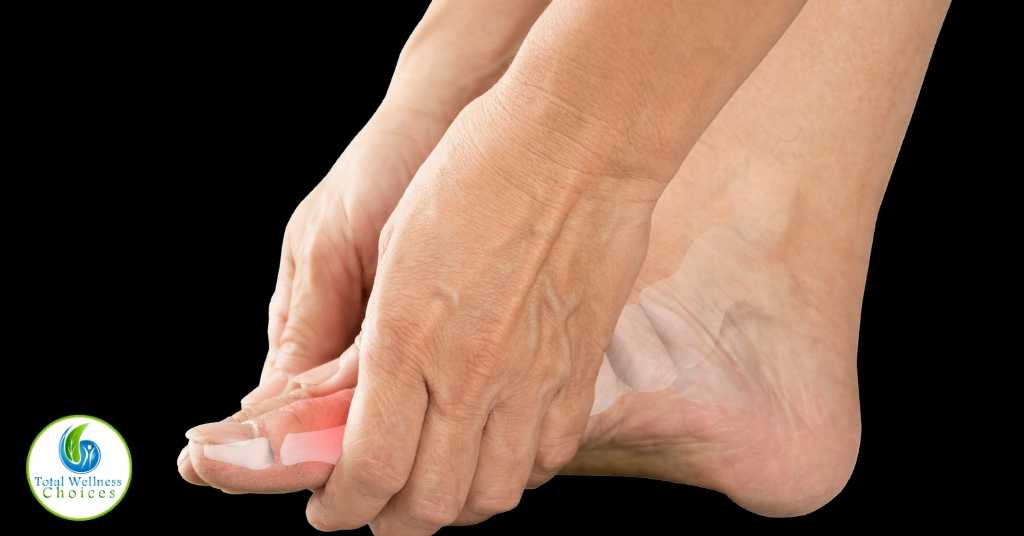
These statements have not been evaluated by the Food and Drug Administration. This article is for educational and informational purposes only and does not intend to diagnose, treat, cure, or prevent any disease or health condition. It is always recommended that you seek the advise of your private medical doctor.

